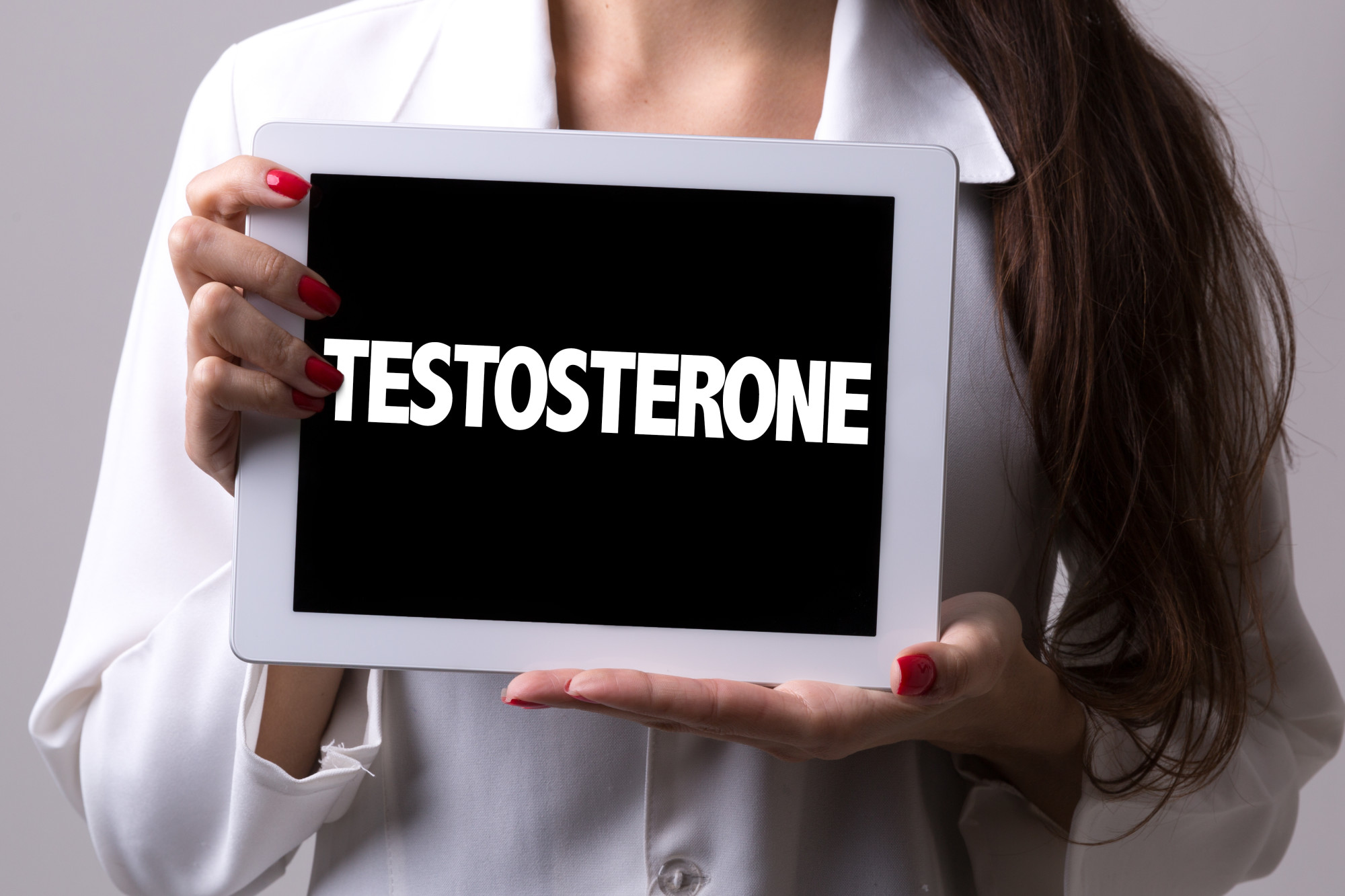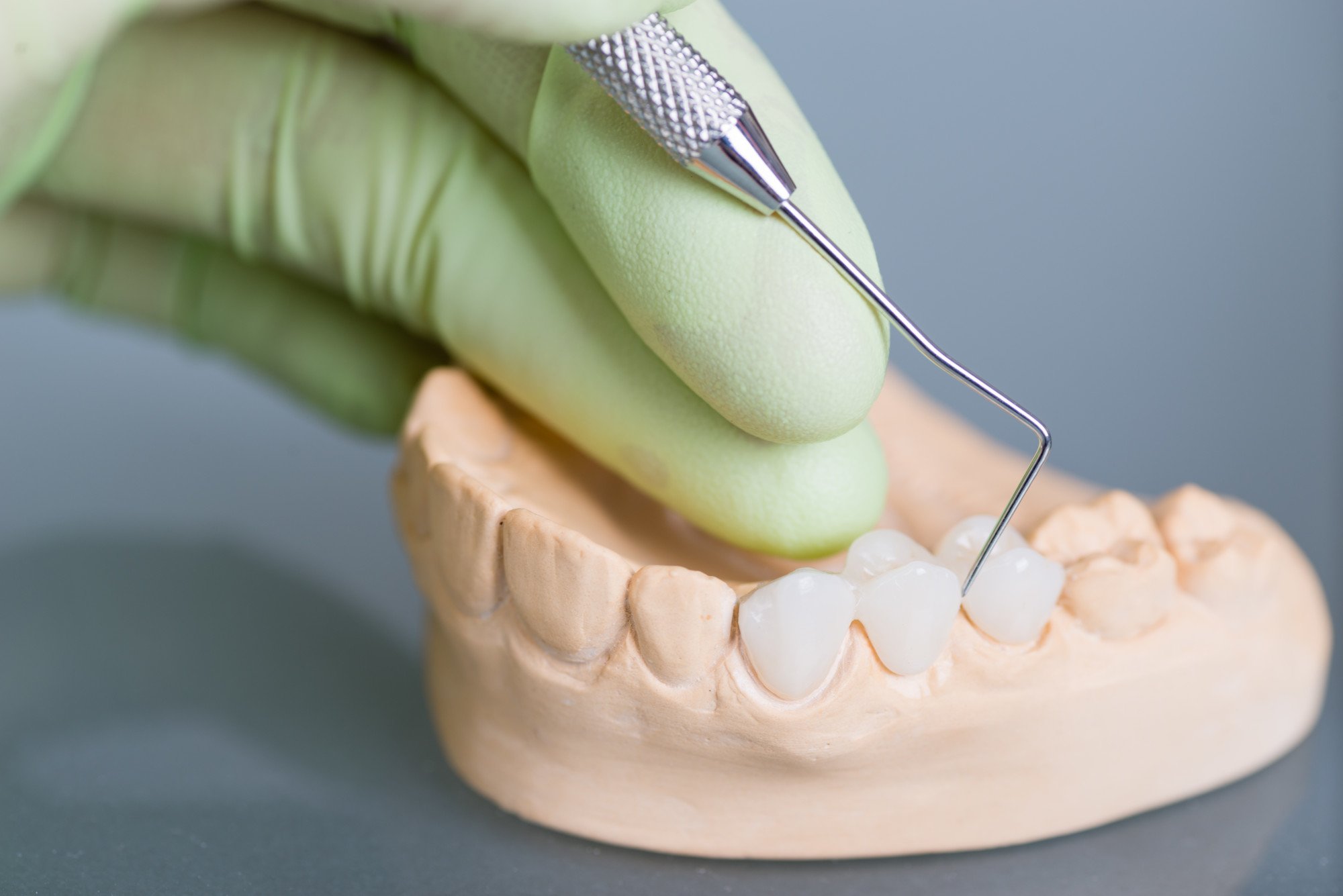
About four in 10 men over 45 years old have hypogonadism (low testosterone levels). That increases to about 50% of men in their 80s. Younger men can have low T levels, too, but it’s more common in older men due to an age-related decrease.
What about low testosterone in women, though? Do women even have this hormone in the first place?
We’ll answer all those questions and more in this guide, so read on.
Do Women Have Testosterone?
Yes, they do!
However, women don’t have testicles (testes), the male organ that produces the T hormone. Instead, women’s ovaries are responsible for producing testosterone. It’s also the organ that makes estrogen and progesterone, the female sex hormones.
In addition, the testosterone produced by the female body is only a fraction of what the male body makes. So, while everyone has the T hormone, women’s testosterone levels are far lower than men’s.
What Does Testosterone in Women Do?
Testosterone is critical to women’s health as it plays a role in bone, breast, and vaginal health. It also affects menstruation, fertility, and sex drive.
You may have heard that the T hormone contributes to facial and body hair growth and a masculine voice in men. However, women don’t experience such changes. That’s because their bodies turn testosterone into female sex hormones.
Can Women Have Testosterone Imbalance Too?
Unfortunately, yes. Like men, women can have low or high T levels. Both can affect their health.
Women’s testosterone levels are normal if they stay within 15 to 70 ng/dL of blood. Anything lower than 15 ng/dL indicates low T levels. In contrast, a reading higher than 70 ng/dL indicates excessive testosterone.
Women with too little testosterone may feel tired, fatigued, irritable, anxious, or depressed. They may also experience a drop in their sex drive or libido and gain weight while losing hair. You can check out this guide for more info on the symptoms of low T levels in females.
On the other hand, having too much of the T hormone can make the female body unable to convert it to estrogen. That can lead to masculinization, also known as virilization. It’s a condition that causes a woman to develop facial hair and even male pattern baldness.
Should Women Treat Their Testosterone Imbalance?
It depends, but you should at least visit a doctor to have your testosterone levels tested. A simple blood test can confirm this for you. What’s crucial is to verify if there’s an underlying reason behind the imbalance.
In that case, you need to have the underlying condition treated first. Likewise, you may need medical treatment for hypoactive sexual desire disorder. Your doctor may also advise lifestyle changes and medications if you have high T levels.
Seek Help for Testosterone Problems ASAP
And there you have it, your guide to testosterone in women and the many roles it plays. You’ve learned that it’s crucial to women’s bone, breast, sexual, and overall health. However, having too much or too little of it can be harmful, so it pays to monitor your T levels.
If you suspect you have T-related issues, see your doctor or a gynecologist for help.
Are you interested in other health and wellness guides like this? Then check out more of our latest news and blog posts now!





